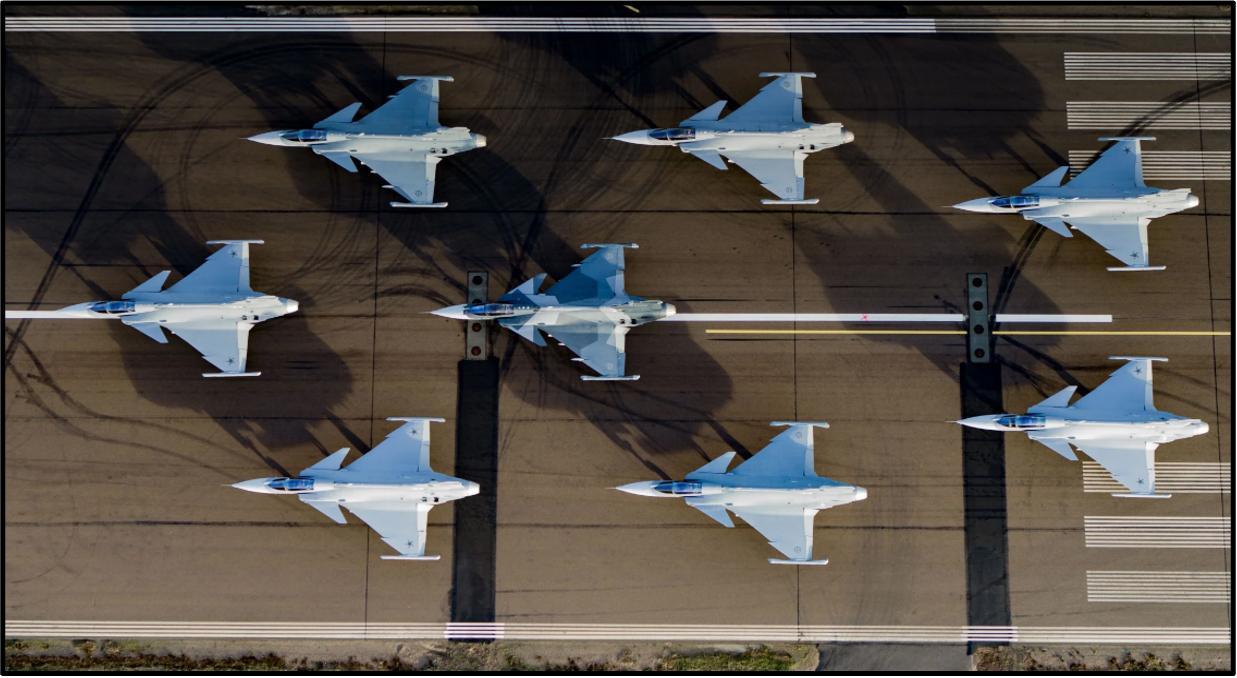Aviation Week Forecasts: Saab’s Thailand Deal A Blueprint For Future Gain

On Aug. 27, Thailand announced its selection of Saab’s JAS 39E/F Gripen to fulfill a squadron-sized requirement to replace aging F-16A/Bs in service at Korat Air Base. Saab executives were quick to point out that a contract has not yet been signed, but if ratified the deal would end a losing streak that had some questioning the Gripen’s viability against European and American competitors in the space.
According to data from Aviation Week Intelligence Network’s Fleet Discovery Military tool, there are currently 12 Gripen Es in military service between Sweden and Brazil (the Gripen’s only official export customer to date). Analysts believe that as many as nine more deliveries may be made by year’s end, and will continue in both nations until the early 2030s. By 2034, the in-service fleet of Gripen E/Fs will have grown to 130—70 tails in Brazilian service and 60 more in Saab’s home nation. If enacted, the prospective Thailand sale would raise the global E/F total by 12 to 14 aircraft.
Several fleets of older Gripen A/B/C/D aircraft remain in service as well, operated by the Czech Republic, Hungary, South Africa and Sweden. There are 151 of these older models in service today, a number that will shrink by about 30% to 105 in the coming forecast period as Sweden and the Czech Republic retire their older aircraft. Analysts expect that the number of Gripen E/Fs in service will overtake the number of older models around the year 2030.
According to reporting by Aviation Week’s Chen Chuanren, Saab’s tech partnerships in Thailand (the firm aided in the indigenous development of the Link-T datalink already in service with Thailand’s Gripen C/D fleet) and a favorable offset package were both key factors in the Gripen’s selection. This mix of tech and manufacturing partnership, indigenization of production, and heavy incentivization is increasingly common in today’s fighter market and has been seen at play in both Asia and the Middle East.
This may constitute a winning strategy for Saab as it eyes opportunities in Colombia (16-aircraft requirement), Peru (24), the Philippines (at least 12) and other nations for whom other European and American options are either too expensive or unavailable for other reasons. Whatever Saab’s next target, the Gripen finally will enter competition with some wind at its back.





